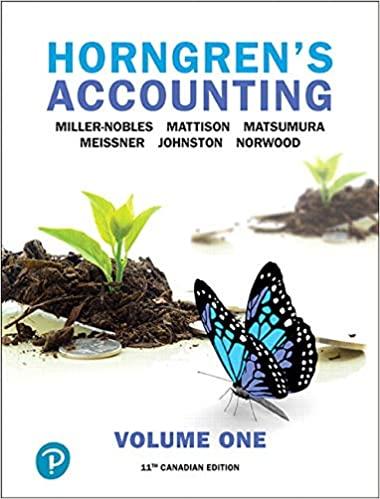Exercise 4-7A Determining the cost of inventory LO 4-2, 4-3, 4-4 For each of the following cases determine the ending balance in the inventory account. (Hint First, determine the total cost of inventory available for sale. Next, subtract the cost of the inventory sold to arrive at the ending balance.) a. Jil's Dress Shop had a beginning balance in its inventory account of $40.000. During the accounting period, Jil purchased $75,000 of inventory, returned $5,000 of inventory, and obtained $750 of purchases discounts. Jill's incurred $1,000 of transportation in cost and $600 of transportation-out cost. Salaries of sales personnel amounted to $31,000. Administrative expenses amounted to $35,600. Cost of goods sold amounted to $82,300. b. Ken's Bait Shop had a beginning balance in its inventory account of $8.000. During the accounting period, Ken purchased $36,900 of inventory, obtained $1,200 of purchases allowances, and received $360 of purchases discounts. Sales discounts amounted to $640. Ken's incurred $900 of transportation in cost and $260 of transportation-out cost. Selling and administrative cost amounted to $12,300. Cost of goods sold amounted to $33,900. Jill's Dress Shop Ken's Bait Shop Cost of goods available for sale Ending inventory 1. Purchased merchandise inventory for cash. 2. Purchased merchandise inventory on account. 3. Returned merchandise purchased on account. 4. Sold merchandise inventory for cash. Label the revenue recognition 4a and the expense recognition 4b. 5. Paid cash on accounts payable not within the discount period. 6. Sold merchandise inventory on account. Label the revenue recognition 6a and the expense recognition 6b. 7. Paid cash for selling and administrative expenses. 8. Paid cash for transportation-in. 9. Collected cash from accounts receivable. O. Paid cash for transportation-out. Required Identify each event as asset source (AS), asset use (AU), asset exchange (AE). Also explain how each event affects the financial statements by placing a + for increase and for decrease. Assume the use of the perpetual Inventory system. The first event is recorded as an example. Columns for events that have no effect on any of the elements should be left blan in the Cash Flow column, use the initials OA to designate operating activity, IA for investing activity, and FA for financing activity.) (Note: Not all cells require an input.) Statement of Event Event Balance Sheet Liabilities - Stockholder's Stockholder's Equity Income Statement Revenue - Expense - Net Income No. Type Assets Cash Flow








